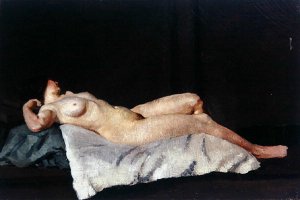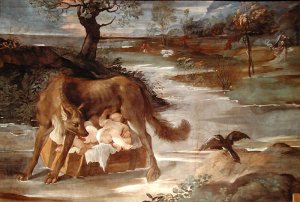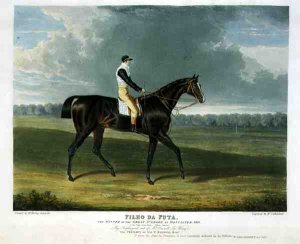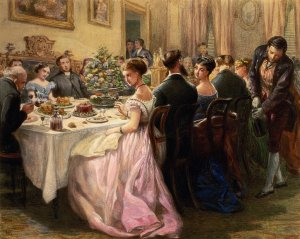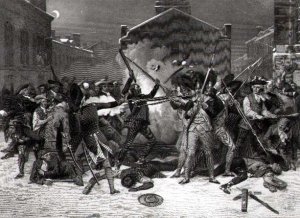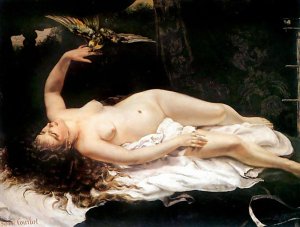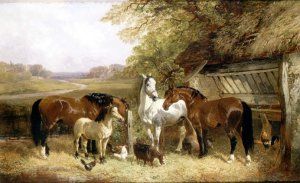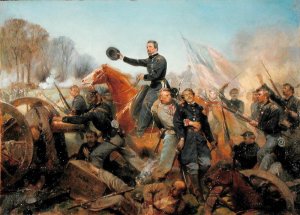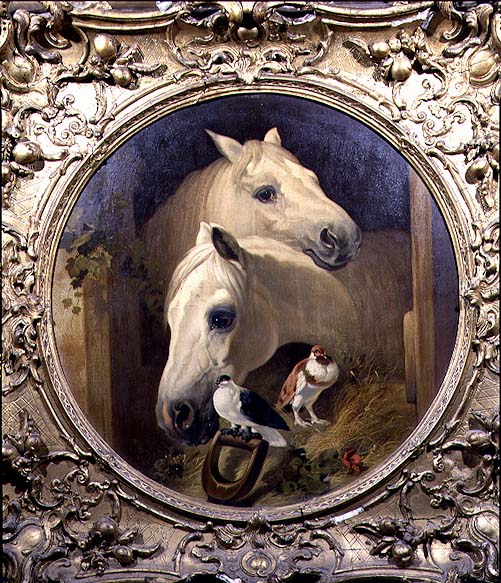
Realism
Realism in the visual arts is a style that depicts the actuality of what the eyes can see. The term is used in different senses in art history; it may mean the same as illusionism, the representation of subjects with visual mimesis or verisimilitude, or may mean an emphasis on the actuality of subjects, depicting them without idealization, and not omitting their sordid aspects. Works may be realist in either of these senses, or both. Use of the two senses can be confusing, but depending on context the second sense is perhaps more common.
Realism as a tendency in 19th century art was related to similar movements in the theatre, literature and opera. All emphasized the depiction of everyday subjects, but by no means always discarding classical, Romantic or sentimental approaches to their treatment. The movement began in the 1850s in France. One of Gustave Courbet's most important works is A Burial at Ornans, 1849-1850, a canvas recording an event which he witnessed in September 1848. Courbet's painting of the funeral of his grand uncle became the first grand statement of the Realist style.
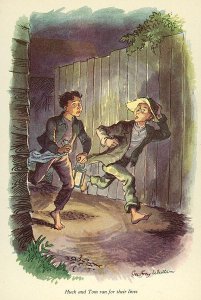 Huck and Tom ran for their lives', illustration from 'The Adventures of Tom Sawyer by Mark Twain (1835-1910)
Huck and Tom ran for their lives', illustration from 'The Adventures of Tom Sawyer by Mark Twain (1835-1910)
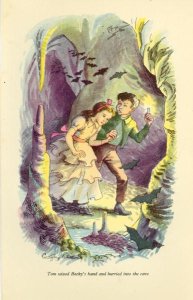 Tom seized Becky's hand and hurried into the cave', illustration from 'The Adventures of Tom Sawyer by Mark Twain (1835-1910)
Tom seized Becky's hand and hurried into the cave', illustration from 'The Adventures of Tom Sawyer by Mark Twain (1835-1910)





